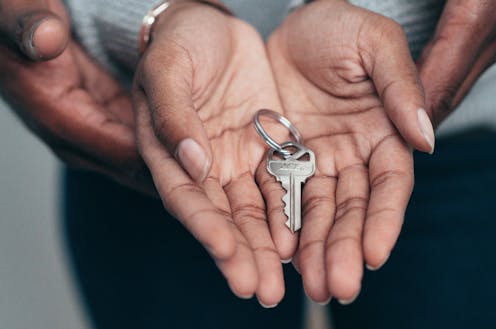Think private renting is hard? First Nations people can be excluded from the start
- Written by Wendy Stone, Professor of Housing & Social Policy, Centre for Urban Transitions, Swinburne University of Technology

Private rental housing provides homes, often long-term homes[1], for one in four[2] Australian households. People can experience various forms of discrimination[3] when seeking, living in or leaving a rental property, and for Aboriginal and Torres Strait Islander peoples it’s another one of many barriers they face. Our new research[4] presents their views about what needs to change in Victoria’s private rental sector.

















